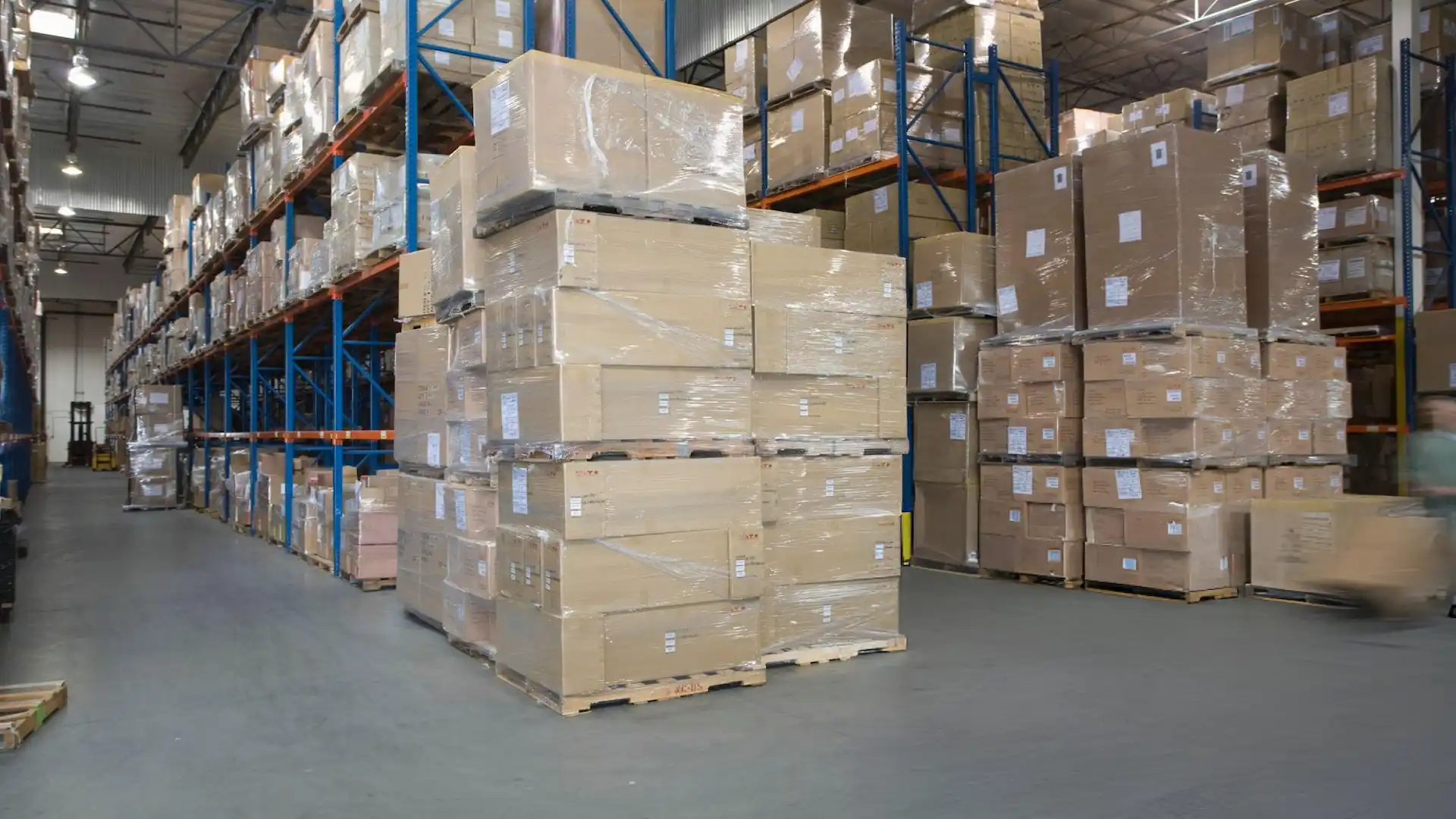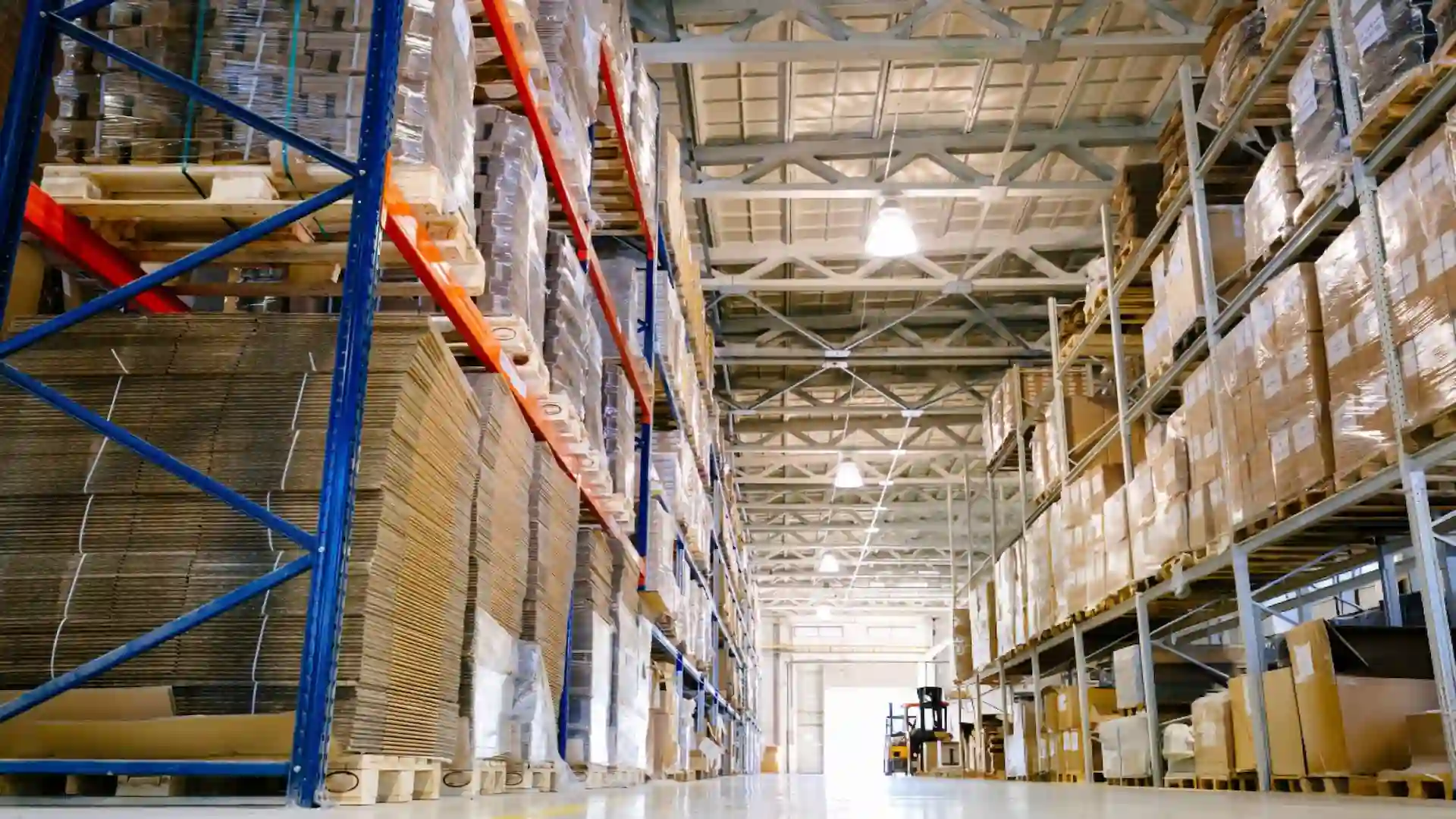Shipping Hazmat: A Complete Guide to Safely Transporting Hazardous Materials

Shipping hazardous materials, commonly referred to as "hazmat," requires special handling, strict regulations, and a solid understanding of the risks involved. Whether you're running a small business or managing logistics for a larger company, if you're shipping hazmat, it's crucial to be aware of the protocols and requirements to ensure safe transportation. In this comprehensive guide, we’ll walk you through everything you need to know about shipping hazmat, including the various classes, rules, and how to buy hazmat labels for shipping.
What is Hazmat?
First things first—what is hazmat? "Hazmat" stands for hazardous materials. These are substances that pose a risk to health, safety, property, or the environment during transportation. Hazmat materials can be anything from flammable liquids to radioactive substances, and they require special packaging, labeling, and documentation when being shipped. Understanding the nature of the materials you're dealing with is crucial for ensuring compliance with both national and international shipping regulations.
Hazmat Classifications: Understanding the Basics
Hazardous materials are divided into different categories known as hazmat classifications. These classes help in identifying the type of danger a material poses, and what precautions need to be taken when handling and shipping them.
But how many classes of hazmat are there? The answer is nine. Let's break down each hazmat class:
- Class 1: Explosives
- This class covers substances that pose a risk of explosion. Examples include fireworks, ammunition, and dynamite.
- Class 2: Gases
- Compressed gases, whether flammable, non-flammable, or toxic, fall into this category. Common examples include propane and carbon dioxide.
- Class 3: Flammable Liquids
- This category includes liquids that can easily ignite, such as gasoline, ethanol, and paint thinner. If you're shipping Class 3 hazmat materials, extra care needs to be taken, particularly in terms of labeling and packaging.
- Class 4: Flammable Solids
- Flammable solids, substances that are prone to spontaneous combustion, and materials that emit flammable gases when in contact with water are part of Class 4.
- Class 5: Oxidizing Substances and Organic Peroxides
- These substances can contribute to or cause the combustion of other materials. An example would be hydrogen peroxide, a common chemical in the organic peroxide subgroup.
- Class 6: Toxic Substances and Infectious Substances
- Substances that pose a risk of poisoning or infection, such as pesticides and medical samples, fall into Class 6.
- Class 7: Radioactive Materials
- Any material that emits radiation strong enough to be harmful, such as uranium, is considered radioactive and part of Class 7.
- Class 8: Corrosive Substances
- These are materials that can cause severe damage to living tissue or other materials upon contact. Examples include sulfuric acid and hydrochloric acid.
- Class 9: Miscellaneous Dangerous Goods
- This is a catch-all category for materials that don’t fit into the other eight classes but are still hazardous. Class 9 hazmat materials can range from lithium batteries to environmentally harmful chemicals.
The Importance of Hazmat Labels in Shipping
When it comes to shipping hazmat, labeling is everything. Properly labeling your package helps ensure that everyone involved in the transportation process—from the shipping company to customs officials—knows exactly what they’re dealing with. Hazmat labels are mandatory for any hazardous materials shipment, and failing to label packages correctly can lead to hefty fines or even criminal charges.
So, where can you buy hazmat labels for shipping? Hazmat labels are available through a variety of vendors, both online and in specialized stores that cater to logistics and safety equipment. When purchasing labels, make sure they are compliant with the relevant regulatory bodies, such as the U.S. Department of Transportation (DOT) or international bodies like the International Air Transport Association (IATA).
Shipping Class 3 Hazmat: What You Need to Know
If you frequently deal with Class 3 hazmat materials, such as flammable liquids, you’ll need to follow additional precautions. Class 3 materials are highly dangerous because of their flammability, and improper handling can lead to fires or explosions during transit.
When shipping Class 3 hazmat, you’ll need to use specific containers designed to withstand potential leaks or spills. The packaging must meet certain performance standards to ensure safety. Additionally, placards—large labels used for transportation vehicles—should be used to identify that a vehicle is carrying hazardous materials.
Shipping Class 9 Hazmat: A Special Case
Class 9 hazmat materials, often called "miscellaneous dangerous goods," require a different level of attention. These are items that don't easily fit into the other categories, but they still pose risks during shipping. Some examples include lithium batteries, asbestos, and environmentally hazardous chemicals. When shipping Class 9 hazmat, it's important to research the specific regulations tied to your product, as rules can vary widely based on the material's characteristics.
Hazmat Shipping Regulations: The Essentials
Shipping hazardous materials is tightly regulated, and for good reason. Hazmat accidents during transit can have disastrous consequences for human health and the environment. Whether you're shipping domestically or internationally, you need to be in compliance with several regulatory agencies:
- Department of Transportation (DOT): In the U.S., the DOT oversees the transport of hazmat materials via road, rail, air, and sea.
- International Air Transport Association (IATA): If you're shipping hazmat internationally by air, you'll need to follow IATA guidelines.
- International Maritime Organization (IMO): For hazmat shipments by sea, the IMO’s International Maritime Dangerous Goods (IMDG) Code applies.
These organizations dictate how hazmat materials should be classified, packaged, labeled, and documented. Failing to follow these guidelines can result in delays, fines, or even criminal charges.
Hazmat Packaging: More Than Just a Box
Shipping hazmat materials involves more than just sticking a label on a box. Packaging must be durable, leak-proof, and resistant to the particular dangers posed by the material inside. The packaging should also be clearly marked with the correct hazard class and have the appropriate shipping papers attached.
Some materials might require inner containers to contain leaks, while others need pressure-relief systems or temperature controls. For example, flammable liquids from the Class 3 hazmat category need to be kept in secure containers to prevent any risk of ignition during transport.
Documentation and Hazmat Shipping Papers
Hazmat shipments must be accompanied by detailed documentation known as shipping papers. These papers describe the material, the hazard class, and any emergency procedures that should be followed in case of an accident. These documents are vital for ensuring that everyone involved in the shipping process—from the carrier to emergency responders—knows what kind of material they’re handling and what to do if something goes wrong.
For example, if you’re shipping a Class 9 hazmat item like a lithium battery, your shipping papers need to specify this. The documentation should include the material’s UN number, the shipping name, and the hazard class.
Training and Certification for Hazmat Shipping
One of the most critical aspects of shipping hazmat is ensuring that your employees are trained and certified. Hazmat training covers everything from recognizing hazardous materials to understanding how to handle emergency situations. U.S. regulations require that anyone involved in the shipping of hazmat materials undergo hazmat training every three years.
In addition to understanding the regulations and procedures for shipping hazardous materials, employees must know how to properly label, package, and document these materials. Failure to maintain compliance can lead to fines and other penalties.
Conclusion: Safe and Compliant Hazmat Shipping
Shipping hazardous materials might seem daunting, but by following the proper procedures, you can ensure a safe and compliant process. Understanding hazmat classifications, choosing the right packaging, and using correct labels are all crucial steps in avoiding accidents and legal issues.
Always make sure you're purchasing compliant labels, whether you're shipping Class 3 hazmat liquids or Class 9 hazmat items. And remember, hazmat training and certification aren’t just a requirement—they’re essential for safety.
Shipping hazmat materials is an essential task in industries from chemical manufacturing to e-commerce. Whether you’re just getting started or looking to improve your current processes, always prioritize safety, compliance, and continuous education.
Frequently Asked Questions (FAQs) About Shipping Hazmat
What is hazmat, and why does it require special shipping procedures?
Hazmat, short for hazardous materials, refers to substances that can pose risks to health, safety, property, or the environment during transportation. These materials include explosives, flammable liquids, toxic chemicals, and radioactive substances. Because of their potential dangers, hazmat requires special shipping procedures, including specific packaging, labeling, and documentation to ensure safe transport and compliance with regulations.
How many hazmat classes are there, and what are they?
There are nine hazmat classes, each representing a different type of hazard. These classes are:
- Class 1: Explosives
- Class 2: Gases
- Class 3: Flammable Liquids
- Class 4: Flammable Solids
- Class 5: Oxidizing Substances and Organic Peroxides
- Class 6: Toxic Substances and Infectious Substances
- Class 7: Radioactive Materials
- Class 8: Corrosive Substances
- Class 9: Miscellaneous Dangerous Goods
Each class requires specific handling and packaging protocols to ensure safe transport.
Where can I buy hazmat labels for shipping?
You can buy hazmat labels for shipping from specialized logistics, safety, and shipping suppliers, both online and in-store. Make sure the labels you purchase meet regulatory standards set by the Department of Transportation (DOT) or the International Air Transport Association (IATA) for international shipments.
What is Class 3 hazmat, and how do I ship it safely?
Class 3 hazmat includes flammable liquids like gasoline, ethanol, and acetone, which are prone to igniting easily. To ship Class 3 hazmat safely, you must use proper packaging that meets safety standards, attach clear hazmat labels, and ensure the documentation is accurate. It's also essential to follow the regulations set by the Department of Transportation (DOT) and other relevant agencies.
What are Class 9 hazmat materials, and what makes them different from other classes?
Class 9 hazmat materials are categorized as miscellaneous dangerous goods, meaning they don't fit into the other eight classes but still pose hazards during transport. Examples include lithium batteries, asbestos, and environmentally harmful chemicals. The shipping requirements for Class 9 materials vary based on the specific risks, but like all hazmat, they require clear labeling, appropriate packaging, and proper documentation.

.svg)
.svg)
.svg)




